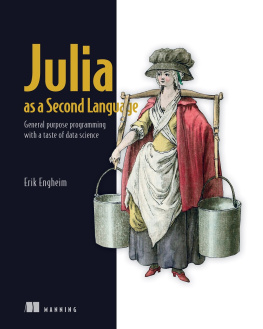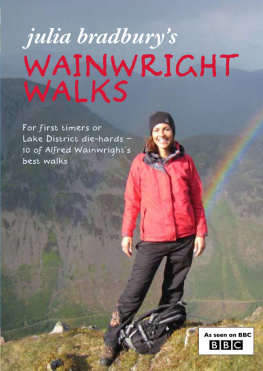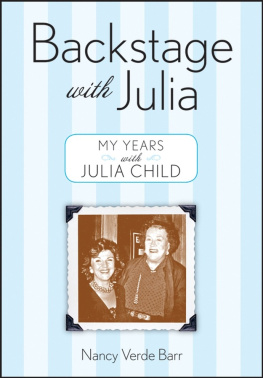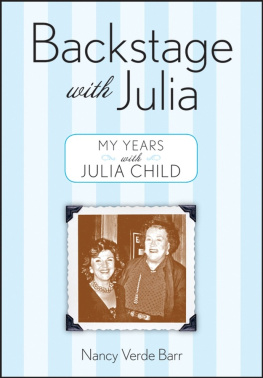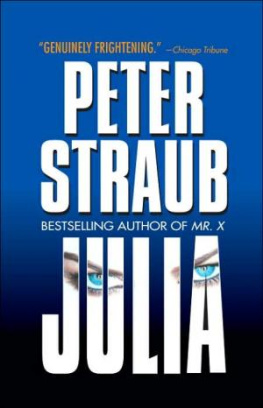JULIA S. PRETLS
Big Book Of WORK BEAD
32 Projects for Adventurous Beaders


Copyright 2010, 2011 Creative Publishing international, Inc.
All rights reserved. No part of this work covered by the copyrights hereon may be reproduced or used in any form or by any meansgraphic, electronic, or mechanical, including photocopying, recording, taping of information on storage and retrieval systemswithout the written permission of the publisher.
Due to differing conditions, materials, and skill levels, the publisher and various manufacturers disclaim any liability for unsatisfactory results or injury due to improper use of tools, materials, or information in this publication.
First published in the United States of America by Creative Publishing international, Inc., a member of Quayside Publishing Group
400 First Avenue North
Suite 300
Minneapolis, MN 55401
1-800-328-3895
www.creativepub.com
Visit www.Craftside.Typepad.com for a behind-the-scenes peek at our crafty world!
Digital Edition: 978-1-6105-9588-9
Softcover Edition: 978-1-5892-3527-4
ISBN-13: 978-1-58923-527-4
ISBN-10: 1-58923-527-4
10 9 8 7 6 5 4 3 2 1
Illustrations: Julia S. Pretl
Photographs: Allan Penn
Printed in China
PART 1: BAGS
Chapter 1
What Is Bead Knitting?
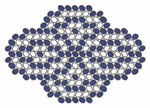
When I began my foray into bead knitting in the early 1990s, I was unaware that the craft even existed. I had been beading for several years, and I decided to take a break and learn how to knit. I picked up a copy of Mary Thomass Knitting Book and opened to the first page. With visions of hand-knit socks and sweaters in my mind, I studied every paragraph. When I reached (exactly halfway through the book), everything changed. The chapter was entitled Beaded and Bead Knitting. I glanced at my bead stash, and I knew that I would not be making socks and sweaters.
The first part of the chapter did not interest me much. In the technique that is known as beaded knitting, beads are placed between the stitches as the knitting progresses, individually or in multiples. Beaded knitting seemed more a form of embellishing hand-knitted fabric than actual beadwork. I recalled the tiny swag bags made with the technique that Id seen at my local bead store months earlier. Most used only one bead color. As lovely as they were, I wanted to knit pictures.
Bead knitting fit the bill perfectly. In bead knitting, the beads are prestrung in a particular order and knitted into the stitchrather than between themcreating a dense yet amazingly supple fabric. The colors come together to create an elaborate tapestry.
I searched in vain for more bead knitting instruction. The little that I found seemed geared toward knitters who were already comfortable with knitting techniques. I made numerous rectangular pieces, which was all that I could do with my limited knitting experience. Desperate to learn more, I sat down with the Mary Thomas book once again, first practicing the traditional way that the stitches were made, and then, through trial and error, adapting them to bead knitting.
How to Use the Book
All beadersand all knittersgradually develop their own style and find a way of working that is best for them. The instructions and diagrams in this book illustrate what works best for me, and I hope they will be valuable guidelines to help you find what will ultimately work best for you.
Consider the information in this book as a learning tool and not as fixed rules to follow. Experiment with and practice each step before moving on to the next. It is important that you become comfortable with a technique before tackling a project to avoid frustration.
Each technique that is introduced is followed by two or more projects, so you can apply what you learn as you go. At least one project for each technique is designed for larger beads (size 8) and at least one for smaller beads (size 11), but you can work with any size bead for any project.
The finished size of each project is provided with the list of materials, but you might want to try working with a different size bead, which would vary the end result. For instance, an average size bag in size 8s would be a small amulet pouch in size 11s. Feel free to change colors and to embellish to suit your own tastes. Be creative!
Tools and Materials
Bead knitting needles, also used for knitting fine lace, are made of steel and are very small in diameter (see facing page, top). They are sold in sizes that range from 00000000 (8/0), which are unbelievably thin, to a comparably larger size 0. They are usually packaged in sets of five. The projects in this book require size 0000 (1.25 mm) and size 00 (1.75 mm).
Seed beads come in a variety of sizes. The most common, from smallest to largest, are size 15, size 11, and size 8.
The three swatches on the facing page show 1 (2.5 cm) squares that have been bead knitted in each size of bead. Notice that the red swatch, made with size 15s, uses significantly more beads than the blue swatch, made with size 8s, allowing for a more detailed texture pattern.
The most commonly available seed beads are from the Czech Republic and from Japan (sold primarily under the names Miyuki, TOHO, and Matsuno). The overall size and shape of the beads often differ from one manufacturer to another, but, as long as you use only one size of seed bead within a project, you can combine brands.
Silk thread is the best choice for bead knitted projects. Silk is relatively expensive, but the beautiful drape that it provides in the finished fabric is worth the cost. Look for a firm, smooth fiber with a gentle twist. My favorite brand is Gudebrod Brothers Champion Silk.
Cotton thread is less expensive and can be found at most craft and yarn stores, but it is not especially durable. Although I do not recommend cotton for keepsake projects, it is a good choice when you are practicing bead knitting. The most common types of cotton thread are crochet cotton and perle cotton.
You will also need these other miscellaneous tools and findings. You can find them in any craft or beading shop. The specific materials, tools, and techniques you will need for each of the ten projects are listed with the pattern and instructions on 90.
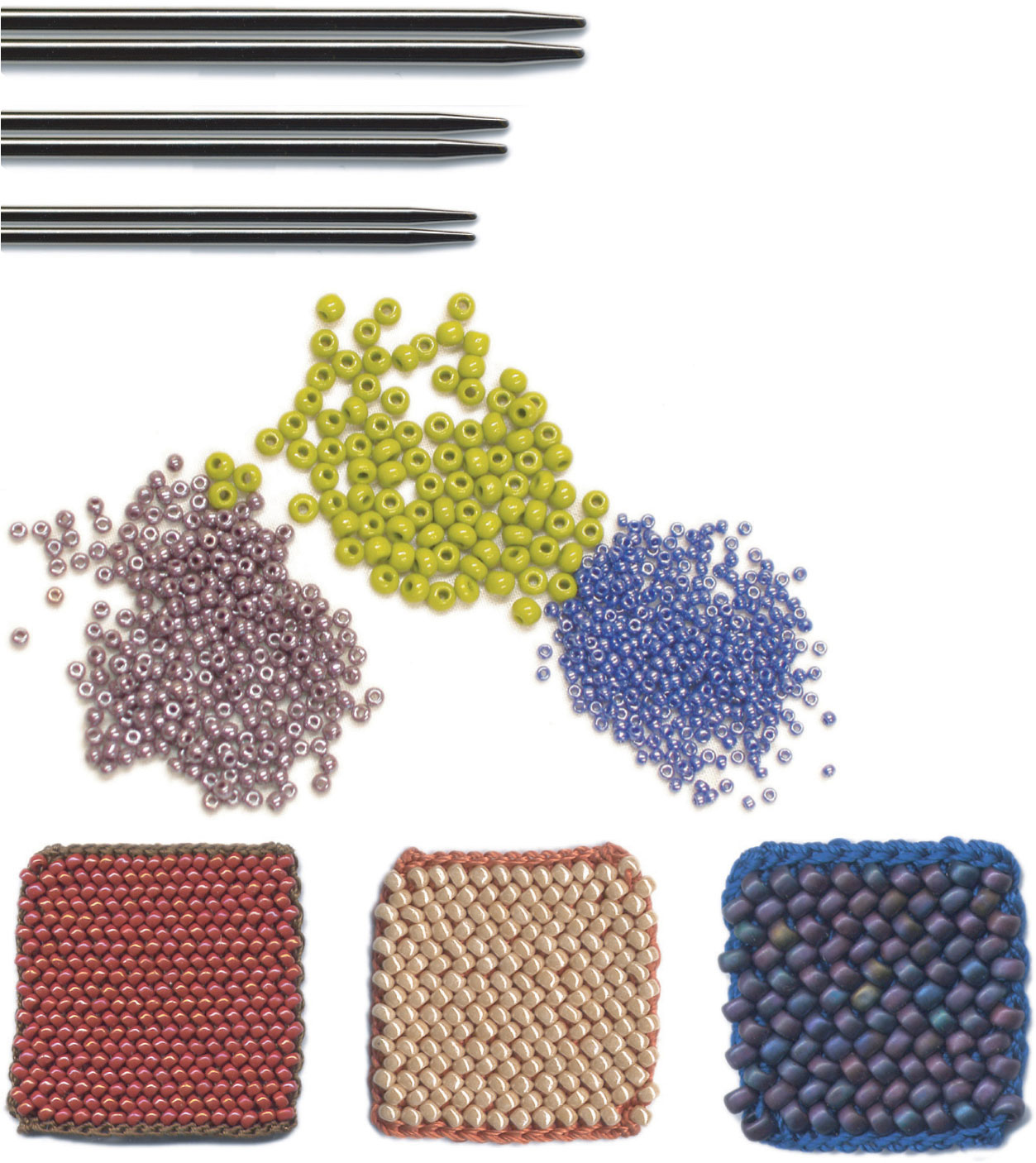
Steel crochet hooks, sizes 9 to 12 (for picking up dropped stitches and adding decorative edge)
Lining fabric
Large beads (for embellishment)
Jump rings, cord/chain, and clasps (for finishing the bag)
Chapter 2
Knitting Tutorial
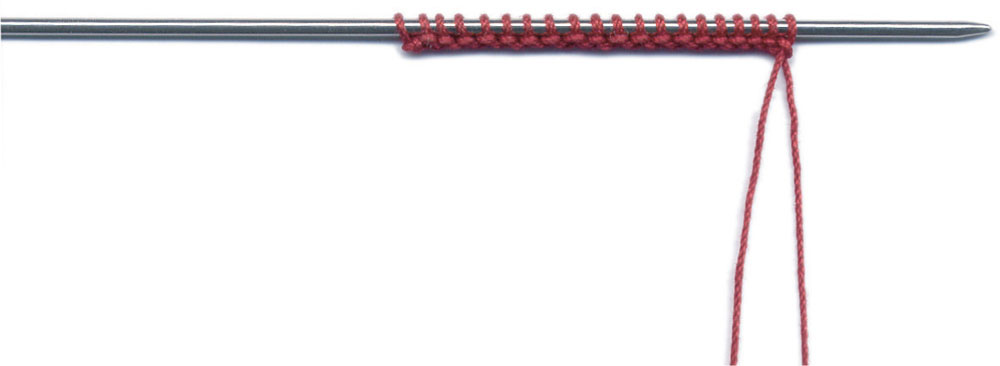
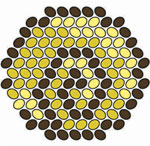
This chapter will help those of you who have never knit before learn the basic stitches required for bead knitting. Those with knitting experience should review this tutorial, too, because some bead knitting stitches are variations of those used in traditional knitting.
Next page

